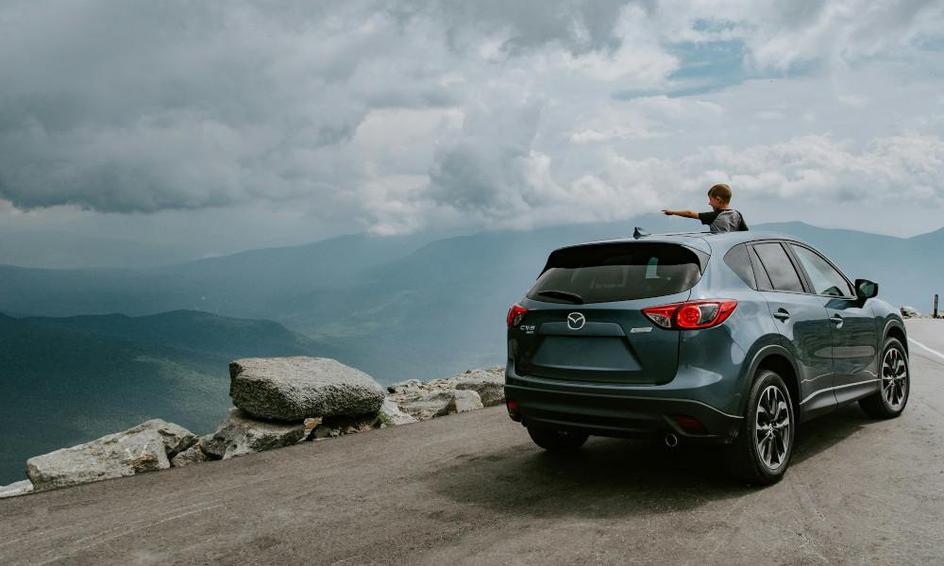Whether you are bringing your baby home from hospital for the first time, or you are taking your preteen to a party, driving with such precious cargo is a serious business.
In order to keep children safe, it is important that you understand what the law says about travelling with children, toddlers and babies. The summary below should help if you are in any doubt.
When do you need a car seat?
All children aged under 12 or 135cm tall should wear a car seat. Once a child reaches their 12th birthday or 135cm (whichever comes first), they are no longer legally required to use a car seat.
Height-based car seats
You can get car seats based on height, which are known as i-Size car seats. These must be rear facing until your baby is more than 15 months old. Once the child is 15 months or older, the i-Size car seat can be forward facing.
Weight-based car seats
The most popular car seats are weight-based car seats. These come in easy-to-understand categories:
- 0-13kg rear-facing baby carrier or seat with a harness, and flat-lying baby carriers.
- 9-18kg (1 year plus) rear or forward-facing seat with a harness or safety shield.
- 15-25kg (2 years plus) Rear or forward-facing seat which can be a high-backed seat, a booster seat or a booster cushion with a seat belt, harness or safety shield.
- 22-36kg (3 years up) Rear or forward-facing seat which can be a high-backed seat, a booster seat or a booster cushion with a seat belt, harness or safety shield.
Buying the right seat
In the UK, you must use EU-approved car seats. For height-based seats, these will have an E in a circle alongside the code R129. For weight-based seats, the E is accompanied by the code ECE R44.
Exceptions – when a child can travel without a car seat
The regulations on car seats are designed to keep children safe. However, the regulations do acknowledge that sometimes things happen out of our control.
- If the child is travelling unexpectedly and over a short distance, for example, because of an emergency, they are allowed to travel without a car seat, provided they sit in the back and use a seat belt.
- If a child is travelling in a taxi, minibus or coach, they are permitted to travel without a car seat; parents who want their child to use a car seat in a minibus or coach will have to provide one.
- If there is not room in the back of a car for an additional car seat, the child must travel in the front using a suitable car seat.
Via our directory of rated garages, Trust A Garage is committed to keeping road users safe. Follow us on Facebook or X for more guidance and tips.
